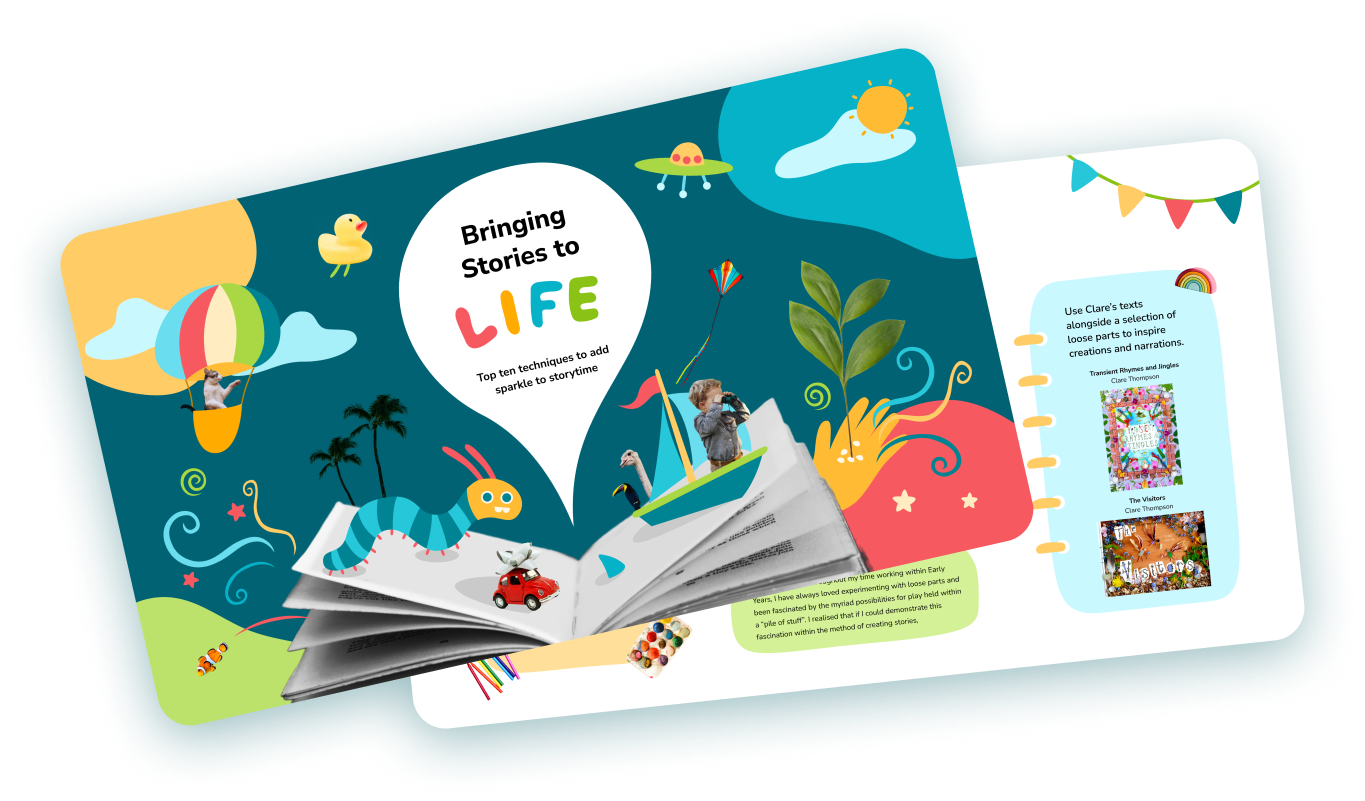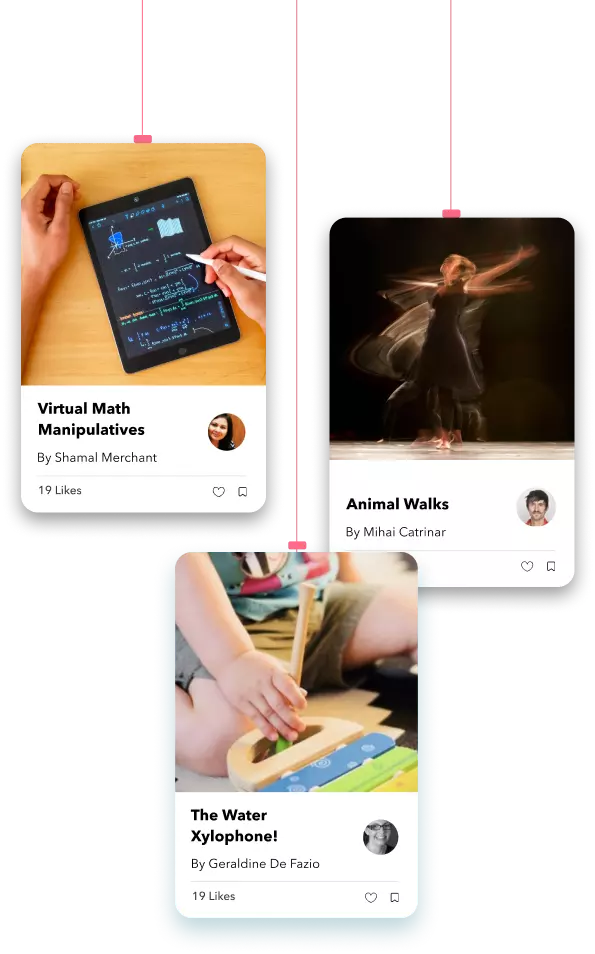Using props in storytelling with young children can be a fantastic way to make a story come alive, creating a more dynamic and engaging experience. Props can be fun, colourful, and interactive – capturing children’s attention and sparking imagination.
Props can be used to illustrate different characters, objects, and events in the story. If you are telling a story about a farm, something as simple as using toy animals can illustrate the story’s different characters and events. This can help the children to visualise the story and create a more vivid mental image of what is happening.
In addition to illustrating the story’s characters and objects, props can also be used to engage children in the storytelling process. For example, you could give the children simple props to hold or interact with as you tell the story, encouraging them to participate in the narrative. This can build their imagination, creativity, communication, and language skills.
Furthermore, using props can also offer tangible tools that children can manipulate when retelling familiar stories. Providing physical objects that can be touched and moved around can help children remember the details of the story and retell it with more confidence and accuracy.
Start simple! Introduce a prop with a story, then create time and space for the children to explore the story with the related props. They may use the props to recall and retell what they have heard, or get imaginative as they tell their own tales.
To help inspire your storytelling, we have curated examples that demonstrate ten techniques for storytelling – all assured to enhance imagination, creativity, and the joy of reading with readers of all ages!








